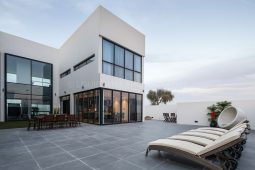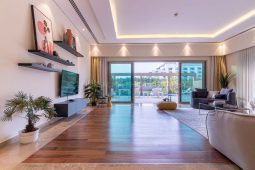Everything That’s New in Adobe Photoshop Elements & Premier Elements 2026
With heavy emphasis on AI-enabled enhancements, improved ease-of-use, and more powerful features overall, Adobe has released the 2026 versions of Photoshop Elements and Premier Elements. Here’s the rundown.
It happens every October, or so it seems. No, not postseason baseball or pumpkin spice latte pushback. Every fall Adobe releases new and significantly improved versions of Photoshop Elements and Premier Elements – all without increasing prices. Don’t ask me how they continue to make the apps better and better, but they do.
The Adobe Elements series is the onramp to making your photos and/or videos look the way you want them to. For many photographers, and for absolutely every casual snap shooter, Elements is a better choice than the uber-powerful full blown Creative Cloud versions, Adobe Photoshop and Adobe Premier.
Today, using an advanced smartphone and the Adobe Elements bundle, you can do things an experienced pro with a $5000 camera couldn’t do five years ago. I can only guess what 2030 will look like.
Photoshop Elements – What’s New

• Generative AI
Describe what you visualize in a text prompt and generative AI creates it.
Add new elements to any image.
Restore photos with AI. Your family will love this. So will your progeny.
• AI-Powered Remove Tool
Automatically detect people in the background of your photos for easy removal.
• Adobe Express templates
Free and easy access to thousands of free templates for social posts, videos, posters, etc.

• Enhanced text
Express yourself with colorful fonts.
• Useful visual tooltips
Built-in hints and animations help you along the way.
• New editing tools
Use crop handles and toolbars that adjust based on what you’re doing.

• Spell checker
You don’t need it until you need it.
• Easier Import of mobile pics
Scan a QR code to bring your mobile photos directly into Photoshop Elements.
• Better and easier Organizer
Import from cloud services like Google Drive and get easier access to full-screen mode and zoom controls.
Premier Elements – What’s New

• Edit and enhance 360° and VR videos
• Position your footage and add effects, transitions, text, and graphics
• Export in VR or standard formats for easy sharing
• Free Access to Adobe Stock media including video clips and audio
• Format text with style templates and a style browser

• Stock and custom text style templates
• Motion Title templates
• Enhance text with color fonts and emojis (no emojis, please!)
• Useful visual tooltips

• Freehand crop handles to more easily resize videos
• Better and easier Organizer
• Import from cloud services like Google Drive
Price & Availability
Adobe Photoshop Elements ($99.99) and Adobe Premier Elements ($99.99) are available now and can be purchased directly from Adobe, Amazon and the other usual suspects. Discounted upgrades are also available. As per usual, the Elements Twins are available as a bundle containing both apps at a reduced price ($149.99). If you shoot any video at all, go for the bundle and save 50 bucks.
For more detailed information, visit adobe.com.
(As an Amazon Associate, Shutterbug earns from qualifying purchases linked in this story.)





